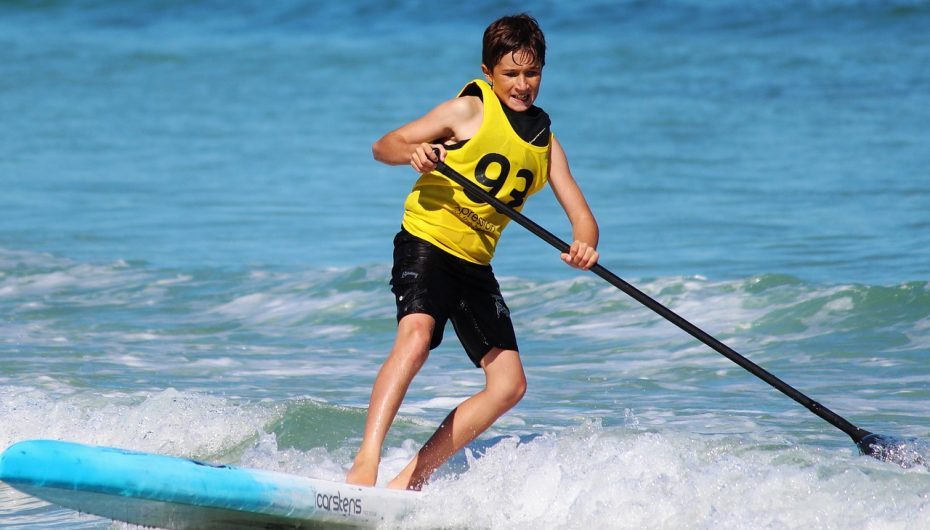Stand up paddleboarding (SUP) is one of the best and most fun activities that you can have on the water. Of course, when you head out to the water to have some fun, safety may not be the first thing on your mind. However, safety on the water should always come first and there are extra factors to take into consideration when using a paddleboard.
How can you make sure that you stay safe on the water and that you don’t risk your own safety or the safety of others? Read on to find out.
Safety on a Paddleboard
One of the first aspects of safety on a paddleboard is to make sure that you are familiar with the local regulations and also find out the safest areas to go paddle boarding. Usually, a local paddleboard shop will be able to give you the advice on the best local places to go paddle boarding. They can also advise on extra safety equipment you may need.
Life Jacket
One of the most important pieces of SUP safety equipment is to have a personal floatation device (PFD). A PFD can literally save your life in the case of an accident.
For example, if you are paddle boarding on a river, there is always the chance that currents can change very quickly or you could hit underwater rocks.
You don’t have to worry that the PFD will be bulky and that it will interfere with your stroke. There are many types of inflatable personal flotation devices that can fit around your waist and be activated instantly.
In many countries, it is law that you wear a life jacket. For example, In Canada the laws from Transport Canada are stated that they consider paddleboards to be a vessel and therefore they are subject to the regulations for boating safety. So, if you are paddleboarding outside of swimming or surfing areas, you should always wear a life jacket.
Ankle Leash
Wearing an ankle leash is also an important safety item on a stand-up paddleboard. If you are in a surf zone, it could be dangerous if you fall off and your paddle board gets away from you. Also, the fact that you can safely get back to your paddle board will help you keep afloat, which is especially important if you are a distance from the shore. . If you are out without a leash you can fall hard and the board can get pushed in a different direction and now you are not attached and that boat that just came by has created a wake which has now pushed your board just a bit out of reach, the water is cold and you know the rest. Even if it is calm water, that board you are on is one big floatie thing where a leash and it will always be there for you.
However, if you are paddle boarding on a river, you should make sure to use a coiled leash together with a quick-release belt. This is because a leash which floats in the water could easily catch on underwater rocks or branches.
Other Safety Tips for SUP
In addition to having a life jacket and the proper ankle leash, there are some other items which are essential for SUP safety.
Clothing
Depending on where you are paddle boarding and what time of year it is, you should think about the proper type of clothing.
For example, if it is cooler weather or the water is cold, then you should definitely think about a wetsuit or dry suit. This can keep you warm and help you avoid suffering from hypothermia.
If you enjoy stand up paddling on rivers, then helmet, shin and knee pads are good in case you fall.
Remember, that brightly colored clothing can make you more visible, which also increases your safety.
Sunscreen
Remember that the sun’s rays will reflect off water and become more intense. So, make sure that you use a waterproof sunscreen of at least SPF 30 on exposed areas of your body.
So, when paddle boarding, make sure that you always think water safety first. This will make your experience on the water as enjoyable as possible and you will always keep yourself and others safe.

